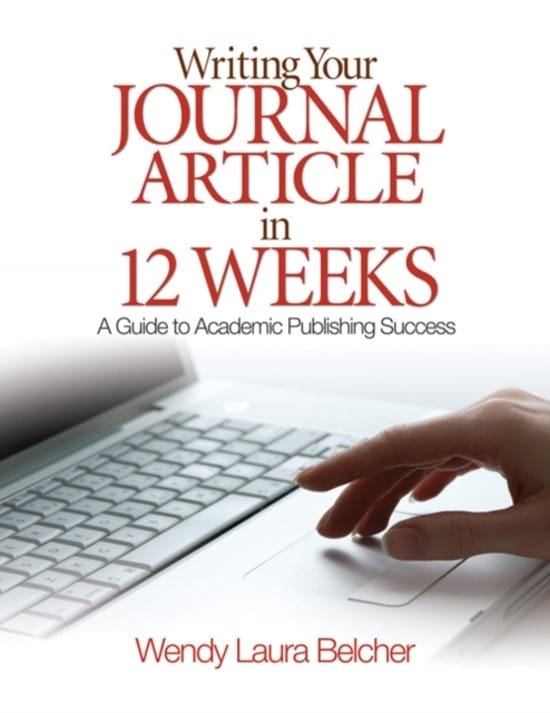Thesis Text
As you continue to develop your thesis text, you can draw on these resources to guide your efforts. Since you are modeling your thesis text on an academic article, we advocate a close look at Wendy Belcher’s wonderfully demystifying step-by-step book Writing Your Journal Article in Twelve Weeks: A Guide to Academic Publishing Success (2009 1st ed. Sage).
Abstracts
For WA5, refer to Belcher discussion on how to write a good abstract: pages 54-57. Your abstract should address your thesis as a whole, so both your text and AV outputs. Take a look at how some previous students have done this. For example, Laura Ogden writes,
… The resulting thesis comprises a written text and ethnographic film, which explore discourse and practice, respectively. The text juxtaposes the visions of education among two main groups of actors – school staff and reform-team members – and describes the result of their intersection across three main reform components: language policy, curriculum content, and pedagogy. The film describes how actors appropriate, enact, and resist reform policy in their work, including how the conditions of their respective working environments and the communication of the reform shape their perception of it. …
Extended Detailed Outline (EDO)
Also for WA5, you will elaborate your Table of Contents (TOC) assignment into an Extended Detailed Outline (EDO). While the sections of a thesis do not have to be so rigidly separated, you can follow this basic structure as a guideline. This exercise is incredibly useful to create a blueprint for your thesis and understand how all the sections fit and relate to one another. The basic task is to make a bullet point for each paragraph of the thesis text. See examples from Laura Ogden and Lise Zurne.
Introductions & Conclusions
As you work toward your first complete draft text, refer to Belcher’s chapter on the opening and closing of an article (i.e., your thesis). Follow her advise on making a good title pages 202-209, a good introduction on pages 209-216, and a good conclusion on pages 217-218.
Example: Thesis to Article
Here is a link to an article that Mark wrote about making his first ethnographic film, entitled, “Rubbed the Wrong Way: Making Ethnographic Film against the Grain.” This article was originally developed as his master’s thesis, so many of you may find the topic relevant if not also reassuring. It was later revised and published in a special issue called Plan B: When the Anthropologist Becomes Data, ostensibly about research that goes ‘wrong’. The text is about 10,000 words, note including notes and bibliography, so should give you a good target.
Thesis Evaluation
Ultimately, you will be evaluated (on both the text and the AV portions of the thesis) according to how well you fulfill each of these criteria: Argument, Theoretical Basis, Data Analysis, and Academic Conventions. See the grading rubric for these criteria here.
Employing Editors
Students are solely responsible for content and structure, so these aspects may not be outsourced. But sometimes thesis projects need a little bit of polishing to bring out the student’s best work. The same is the case for professional academics, filmmakers, and artists. Accordingly, we permit students to employ editors for cosmetic details. This could be cleaning the soundtrack or making color corrections. Cosmetic editing is also permissible for written texts, particularly if students need a little help with language clarity and proofing. Such additions are not a requirement and will not directly influence the final grade.
These contributions should be reflected in your credits and acknowledgements.
Poul de Haan has provided sound editing at reasonable rates for students in the past.
tel +31614197871
email info@faboem.nl


